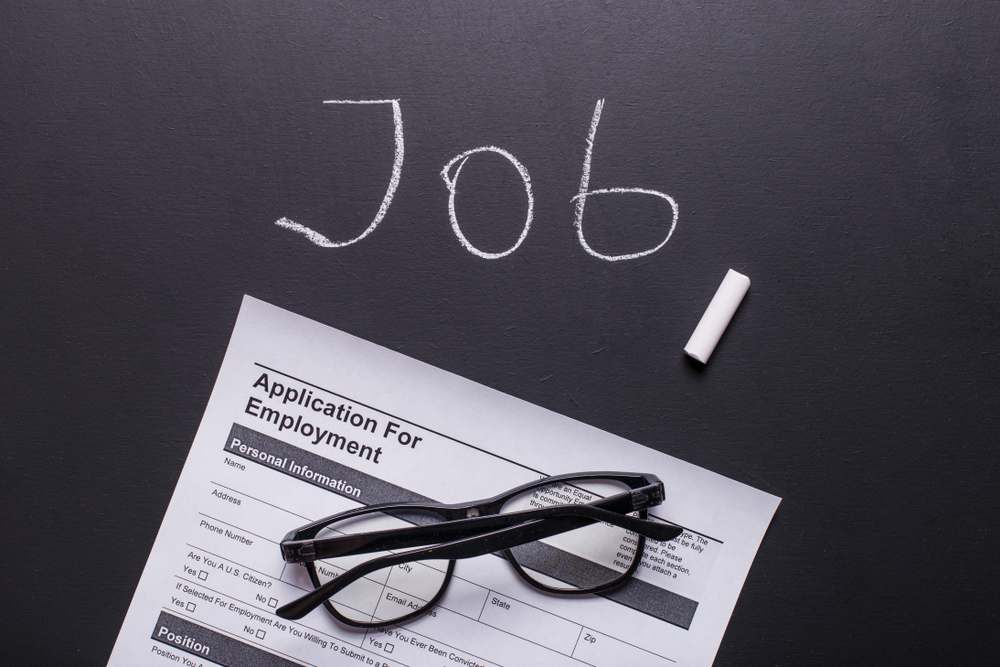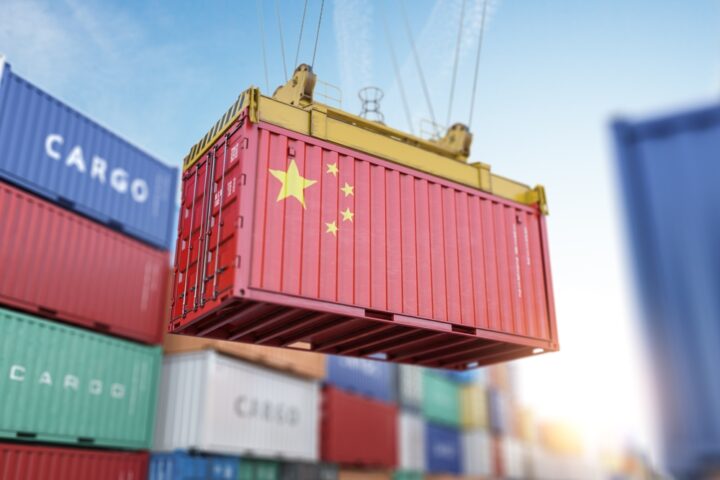Strong Job Gains in March, But Uncertainty Looms
The U.S. labor market showed resilience in March, adding a better-than-expected 228,000 jobs and continuing a historic streak of job gains. However, the data, which was collected before President Donald Trump’s recent tariff imposition, doesn’t reflect the growing uncertainties introduced by the escalating global trade war. The tariffs, especially those targeting American trading partners, have prompted concerns about a potential recession, inflation, and possible layoffs that could ripple through the economy.
Employment Snapshot: Solid Gains but Warning Signs Ahead
March’s employment report highlighted a strong rebound from the previous months, which had been weighed down by wildfires and severe weather conditions. The unemployment rate ticked slightly up to 4.2%, driven by new entrants into the labor market. Economists had anticipated a slowdown in job growth to 130,000, but the actual increase far exceeded expectations. Dana Peterson, chief economist at The Conference Board, noted that March’s job growth could be seen as the “calm before the potential tariff-related storms,” warning that the tariffs could lead to stagflation—where inflation rises alongside weak economic growth.
Trade War Escalates as Tariffs Intensify
Following the tariff announcement, U.S. stocks experienced a sharp sell-off, with the Dow dropping 1,450 points and the S&P 500 and Nasdaq both falling by more than 4%. The tariffs, which sparked retaliatory actions from countries like China, have fueled fears of a global trade war that could stunt economic growth. While the March jobs report showed a solid labor market, it doesn’t reflect the potential negative impacts of these new trade policies, especially on inflation and unemployment in the months ahead.
Federal Workforce Cuts Add to Uncertainty
The ripple effects of Trump’s policies are already visible, particularly in the federal workforce, which saw job losses for two consecutive months. In March, the federal government shed 4,000 jobs, and a total of 11,000 jobs were lost in February. These reductions are part of a broader strategy that includes massive federal layoffs, funding cutbacks, and mass deportations. The federal government job losses were somewhat offset by gains in state and local government employment, which added 19,000 jobs in March. However, the overall federal job cuts signal a growing challenge to the labor market as these policy changes take hold.
Wage Growth Slows, but Remains Healthy
While the labor market showed strength in job gains, wage growth showed signs of moderation. Average wages grew by 0.3% in March, with annual growth slowing to 3.8%. Despite this, the wage gains remain solid and contribute to overall personal income growth, which is positive for households. However, economists are cautious, as a slowing labor market and the possibility of tariff-induced economic shocks could put pressure on future wage increases.
Federal Reserve in a Wait-and-See Mode
Despite the robust job gains, the Federal Reserve remains in a wait-and-see mode, especially as the effects of the tariffs unfold. Fed Chair Jerome Powell indicated that the central bank is not in a rush to make any policy changes despite the economic turbulence caused by the tariffs. “It feels like we don’t need to be in a hurry,” Powell said, emphasizing that the Fed is closely monitoring the situation and will adjust its forecast accordingly. President Trump, however, has called for interest rate cuts, further complicating the Fed’s decision-making process as the global trade environment continues to shift.
Conclusion: Resilience in the Face of Growing Challenges
The March employment data paints a picture of a resilient labor market, but the looming threat of escalating tariffs and trade tensions suggests that the U.S. economy could face significant headwinds. While job gains and wage growth remain solid, the uncertainty surrounding trade policies, potential inflation, and rising unemployment could dampen the outlook for the labor market. As the tariffs take effect and global trade tensions intensify, the labor market’s ability to weather the storm will be crucial in determining the strength of the U.S. economy in the months ahead.







